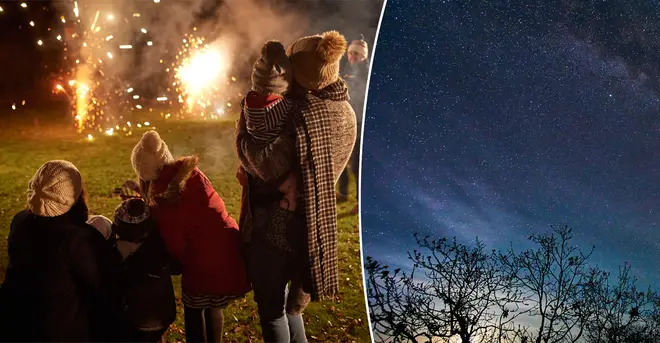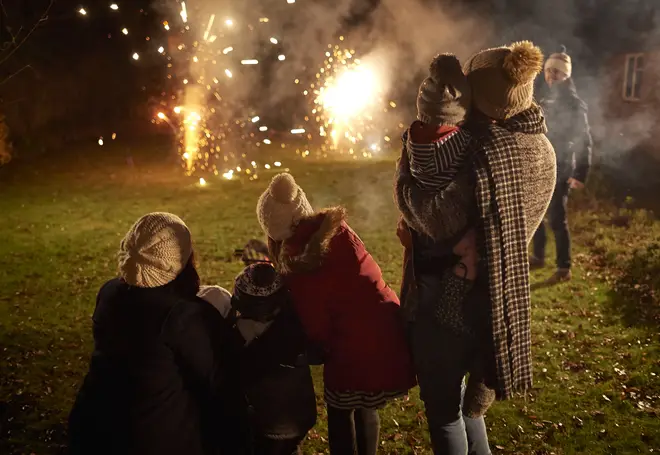What is a Taurid meteor shower and how can I watch the shooting stars this Bonfire night?
4 November 2019, 12:14 | Updated: 4 November 2019, 12:17

A Taurid Meteor Shower will fill sky with 'natural fireworks' tomorrow with up to 10 shooting stars predicted an hour.
Families across the UK will gather to watch fireworks on Bonfire Night this week.
But you might get the chance to watch something else beautiful in the sky on November 5th as a meteor shower is coming.
The Taurid Meteor Shower is set to peak tomorrow night which means it’s the perfect opportunity to see a shooting star in real life.
Here’s everything you need to know about the Meteor Shower and how you can see it:

When is the Taurid Meteor Shower?
The annual Taurid meteor shower runs from 7 September to 10 December, and will reach peak visibility on bonfire night this year.
Read More: Bonfire Night puts thousands of hedgehogs at risk - here’s how you can help protect them
As Earth passes through a section of its orbit, hundreds of meteors will burn up in the atmosphere, producing shooting stars.
How can I watch the Taurid Meteor Shower?
Around five to ten shooting stars will appear every hour but they will be most visible after midnight when the skies are darkest.
Read More: Met Office warns coldest November in NINE YEARS to hit after -4C on Bonfire Night
The National Space Centre says to get a glimpse, you should head outside anytime after midnight.
"By this time, the Moon will have set and the sky will be dark,” the website reads.
"You do not need to look in any particular direction. Lean back, let your eyes adjust to the dark, and watch the whole sky (it helps to have friends look in different directions).
"The darker the location the better, so find the darkest sky you can away from city lights.
"Look up, and keep an eye on the whole sky. As always in the UK, clouds can be an issue, but be patient."
It added: "The Taurids don't have a strong peak time, which means that there's a good chance of seeing meteors on many different nights.”
NASA also states that you’re most likely to see Taurids after midnight.
What is a Taurid Meteor Shower?
The Taurid meteor shower is named after the constellation Taurus and is separated into two separate showers - the Southern Taurids and the Northern Taurids.
The Northern Taurids is produced by dust grains left behind by asteroid 2004 TG10, while the Southern Taurus is produced by debris left behind by Comet 2P Encke.
When is the next meteor shower?
The next impressive light display is scheduled for November 17, when the Leonids Meteor Shower will produce up to 15 meteors per hour.

































